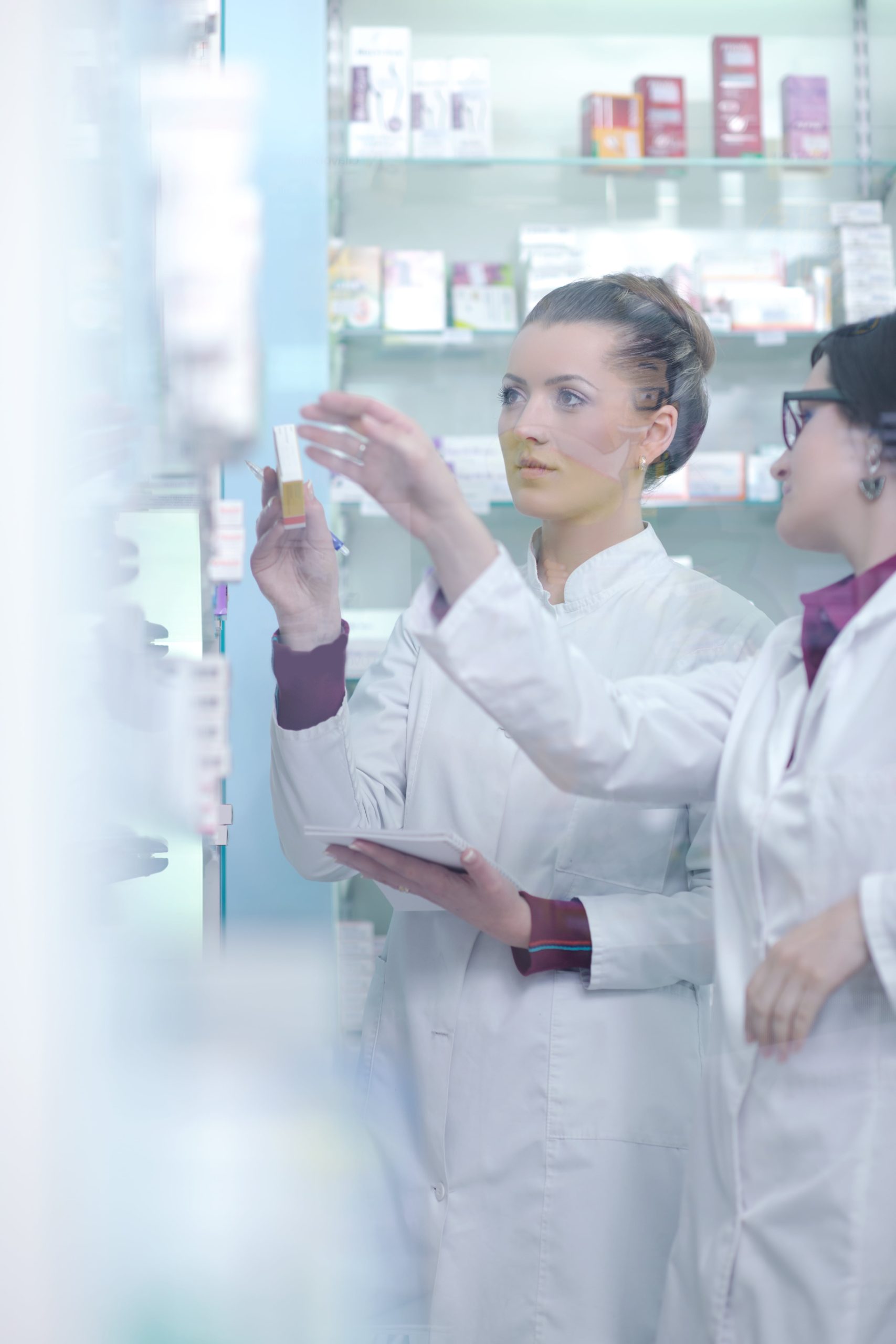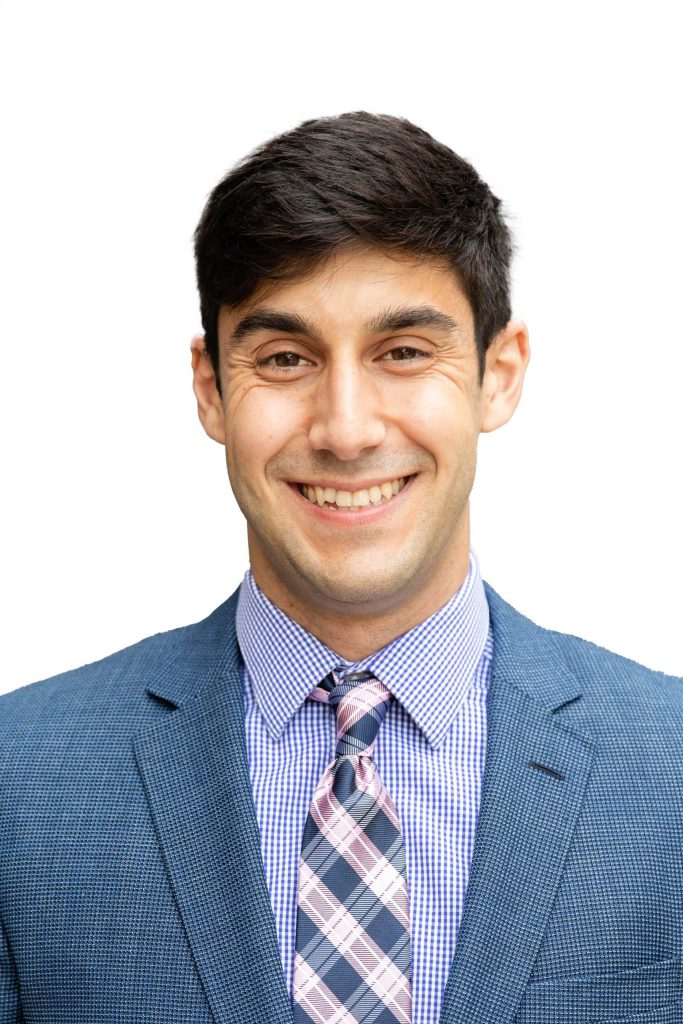Author: Jake Robinson
A large 11-hospital health system in the southern region recognized a need for external support to identify and implement solutions to enhance net margin within their pharmacy operations. Upon analyzing initial core data, the pharmacy to convert several reference drugs to biosimilars, which are biological products that have no clinically meaningful differences in terms of safety, purity, and potency, to reference drugs. For example, the reference drug for Pegfilgrastim, an injection received after receiving chemotherapy to promote white blood cell development, is Neulasta, while approved biosimilars for Pegfilgrastim include Nyvepria, Fulphila, Udenyca, and Ziextenzo.
Initial opportunity was identified at ~$750K in annual net margin opportunity through converting Pegfilgrastim, Bevacizumab, and Trastuzumab to biosimilar products with higher net margins.

Pathstone’s pharmacy consultants began by segmenting purchases by reference drug category (e.g., Pegfilgrastim) and account type (e.g., 340B, GPO), and charges by account type and payor type (e.g., Medicare, Commercial). It was quickly determined that there was significant financial opportunity through converting biosimilar products for 340B Medicare.
Pathstone began the analysis focusing on Medicare given the reimbursement rates are publicly set by CMS through Healthcare Common Procedure Coding System (HCPCS). The highest net margin biosimilars for 340B Medicare were Nyvepria (Pegfilgrastim), Zirabev (Bevacizumab), and Ontruzand (Trastuzumab).
Pathstone subsequently investigated opportunity on the 340B Commercial side by examining fee schedules by payor for the top five commercial payors. The highest net margin biosimilars on the Commercial side were very similar to Medicare, with minor variance in the biosimilar with the highest net margin for a given reference drug. However, payors do not always reimburse for all biosimilars.

Over a ~six-month period of working with , biosimilar identification strategy that Pathstone developed drove $767K in expected annual net margin enhancement. As costs and reimbursement are subject to fluctuation, Pathstone developed methodology for tracking and monitoring realized net margin gains on a monthly basis to be able to pivot if and when other biosimilar products yield higher net margins.

This article was authored by Jake Robinson. Jake is a manager with expertise working in the healthcare industry, providing management and strategy consulting services to payers, hospitals, and health systems. He brings expertise in delivering dynamic analytical models to clients, managing operational transformations, and implementing strategic priorities.